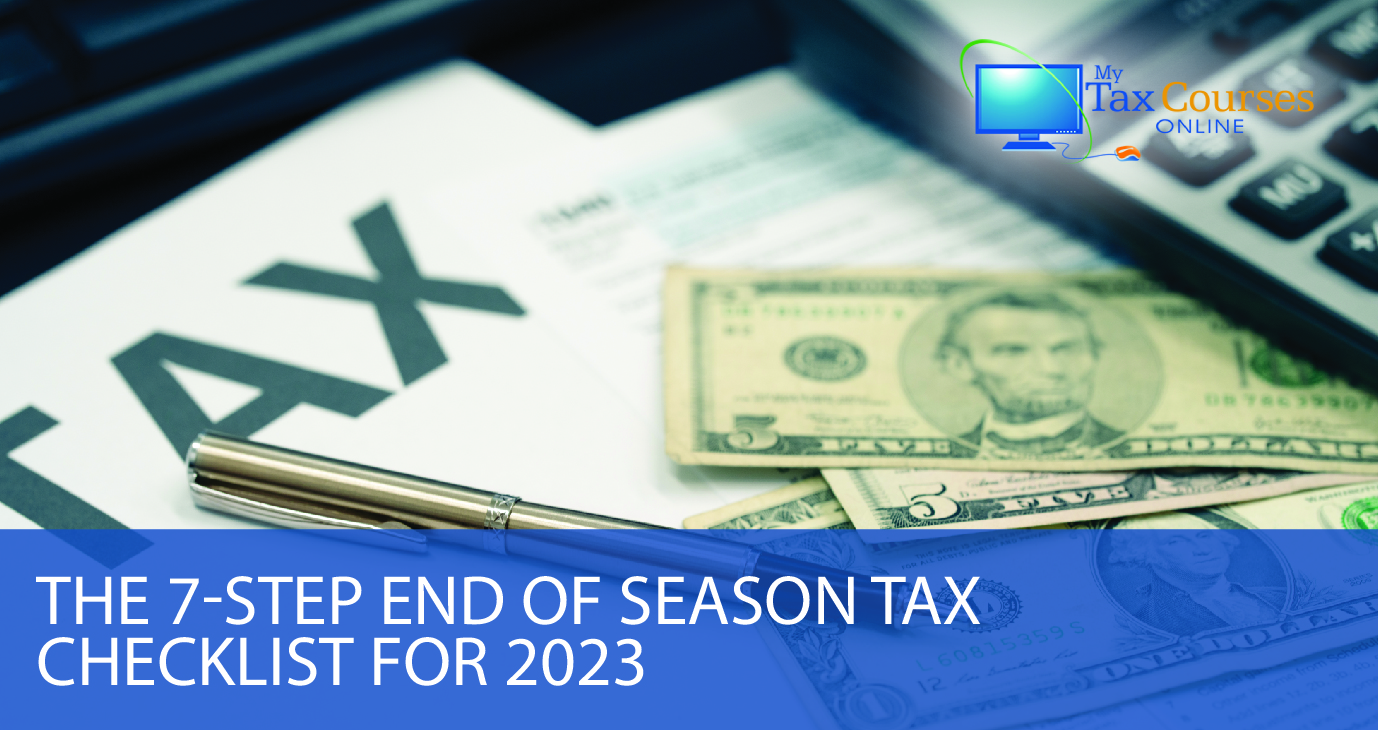Step 1: Review Your Client's Tax Return
The first step in preparing your client's taxes is to review their tax return. This is important because you need to make sure that all the information is accurate and complete. Reviewing your client's tax return will help you identify any errors or discrepancies that need to be corrected.
Step 2: Collect All Necessary Information
To prepare your client's taxes, you need to have all the necessary information. This includes their W-2 or 1099 form, any deductions or credits they may be eligible for, and any other relevant documentation. Make sure you have all these documents in hand before proceeding.
Step 3: Calculate Your Client's Tax Liability
Once you've reviewed your client's tax return and collected all the necessary information, you need to calculate their tax liability. This is the amount of money they owe in taxes. Make sure to include federal income tax, state income tax (if applicable), and any other taxes they may owe.
Step 4: Double Check for Errors
Before you submit your client's tax return, it's important to double-check all the tax documents for errors. This will help ensure that your client is paying the correct amount of taxes. Make sure that all the information on your client's W-2 or 1099 form is correct, and that you've included all relevant deductions and credits.
Step 5: File Your Client's Taxes on Time
The deadline for filing taxes is usually April 15th, but it’s April 18th in 2023 due to the 15th landing on a Saturday.
Also, it’s important to note that taxpayers in most of California and parts of Alabama and Georgia designated by FEMA as a “disaster area” have had their deadline pushed back to October 16th.
If your client is unable to file their taxes by the deadline, you can request an extension, but keep in mind that an extension only gives you more time to file the return, not more time to pay the taxes owed.
Step 6: Consider Payment Options
If your client is unable to pay their taxes in full, you may want to consider payment options such as an installment agreement or an offer in compromise.
These options can help your client avoid penalties and interest on the amount owed. An installment agreement allows your client to pay their taxes over time, while an offer in compromise allows them to settle their tax debt for less than the full amount owed.
Step 7: Keep Good Records
Finally, it's important to keep good records of all your client's tax documents and payments. This will make it easier to prepare their taxes next year and avoid any potential issues with the IRS. Keep all their tax documents in a safe place, and make sure you keep track of all their tax payments, including the date and amount paid.
Conclusion
Preparing your client's taxes is an essential part of being a tax professional. It's important to review their tax return, collect all necessary information, calculate their tax liability, check for errors, file their taxes on time, consider payment options if necessary, and keep good records should the IRS ever audit.
By following this end of tax season checklist, you can ensure that your client's taxes are prepared accurately and in compliance with tax laws so they can enjoy less stress and peace of mind this time of year.








